11 October, 2021
What are the advantages of taking embryos to blastocyst stage?

What is long embryo culture?

Long embryo culture consists of keeping the embryos inside the incubator from the moment of fertilisation until day 5 or 6 of development, when the embryo has around 150-200 cells, which is known as blastocyst.
What are the advantages of blastocyst culture?

The culture of embryos up to the blastocyst stage allows embryologists to select the best ones, since there is a percentage of them that stop their cleavage in the earliest stages of embryonic development, not being able to reach the blastocyst stage. It is estimated that approximately 50% of good quality embryos on day 3 are capable of developing into blastocysts (Balaban et al. 2001).
Another advantage is the greater synchronization between the development of the embryo and the receptivity of the endometrium since embryos do not implant in the uterus before day 5 in natural conception.
Possible disadvantages?

Although patients can have good quality embryos on day 3, it is possible that none of them makes to the blastocyst stage.
In our laboratory we keep the best possible culture conditions. We have an incubator with a time-lapse system called GERI that allows us to increase the percertage of blastocyst formation by up to 20%. Despite this, there are some cases with failed blastocyst development, because the embryo´s progression also depends on other factors such as: oocyte and sperm quality, the abnormalities that the embryo itself may present, among others.
Why do we recommend transferring only one embryo at blastocyst stage?

Because the pregnancy rate increases when the embryo transfer occurs on the 5th day of its development, comparing to the embryo transfer on day 3.
According to the latest data published by the Spanish Fertility Society (SEF) in cycles with own oocytes, the pregnancy rate with blastocyst is of 42,7% while on day 3 the pregnancy rate goes down to a 33,1%.
In egg donation cycles, the pregnancy rate is 59,9% (transferring blastocyst), against 48,6% (embryos on day 3) – SEF 2019 Registry.
It is recommended to transfer a single blastocyst that has been selected as the best embryo on day 5 or 6 with a higher pregnancy rate than to transfer two embryos on day 3, decreasing thus on the probability of multiple pregnancy.
Patients should keep in mind that a multiple pregnancy is still a risky pregnancy and although achieving pregnancy is the goal of a fertility treatment, the most important aspect to be considered is the health of the mother and the future baby.
For which patients is it indicated?

It is recommended for patients who have a high number of good quality embryos in the early stages of development, since carrying those embryos to long culture allows the embryologists to select the best ones.
For patients with recurrent implantation failure, because the most common cause of failed implantation is usually the presence of abnormalities in the number of chromosomes in the embryos (Boomsma and Macklon., 2008; Goodman et al., 2008).
Furthermore, in those cases that a preimplantation genetic test is recommended, since blastocyst formation does not remove the possibility of chromosomal abnormalities.
At HC Fertility we have a medical team that carefully assess each case and consider the long culture to blastocyst as an important tool to achieve pregnancy.
Embrióloga en HC Fertility Marbella

Back to blog
In other news

24 August, 2023
The importance of Reproductive Medicine today
Nowadays, we all have family or friends who have undoubtedly had to resort to assisted reproduction ...
[Continue reading ]26 April, 2020
Notice restarting treatments of assisted reproduction
Dear patients, and especially Friends: 6 weeks ago in full ascent of Covid19, on our own initiative,...
[Continue reading ]


